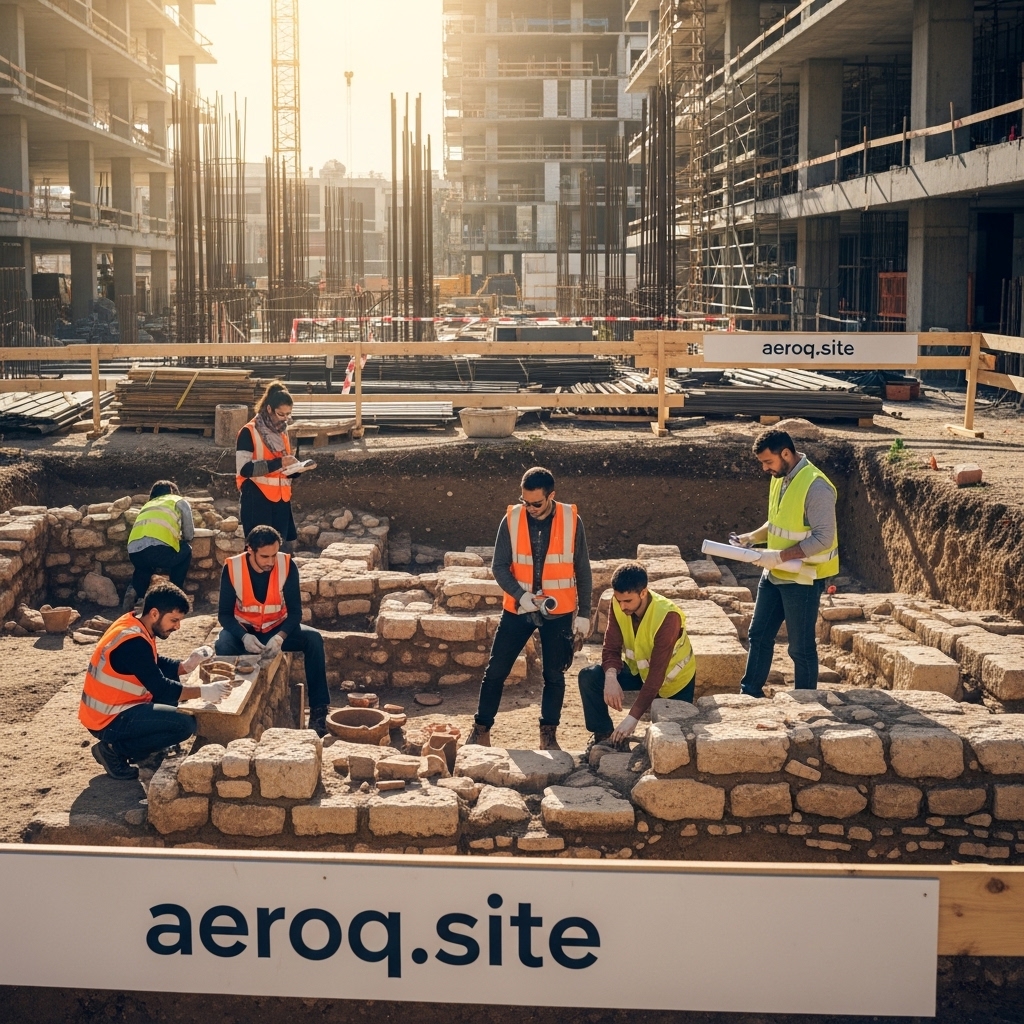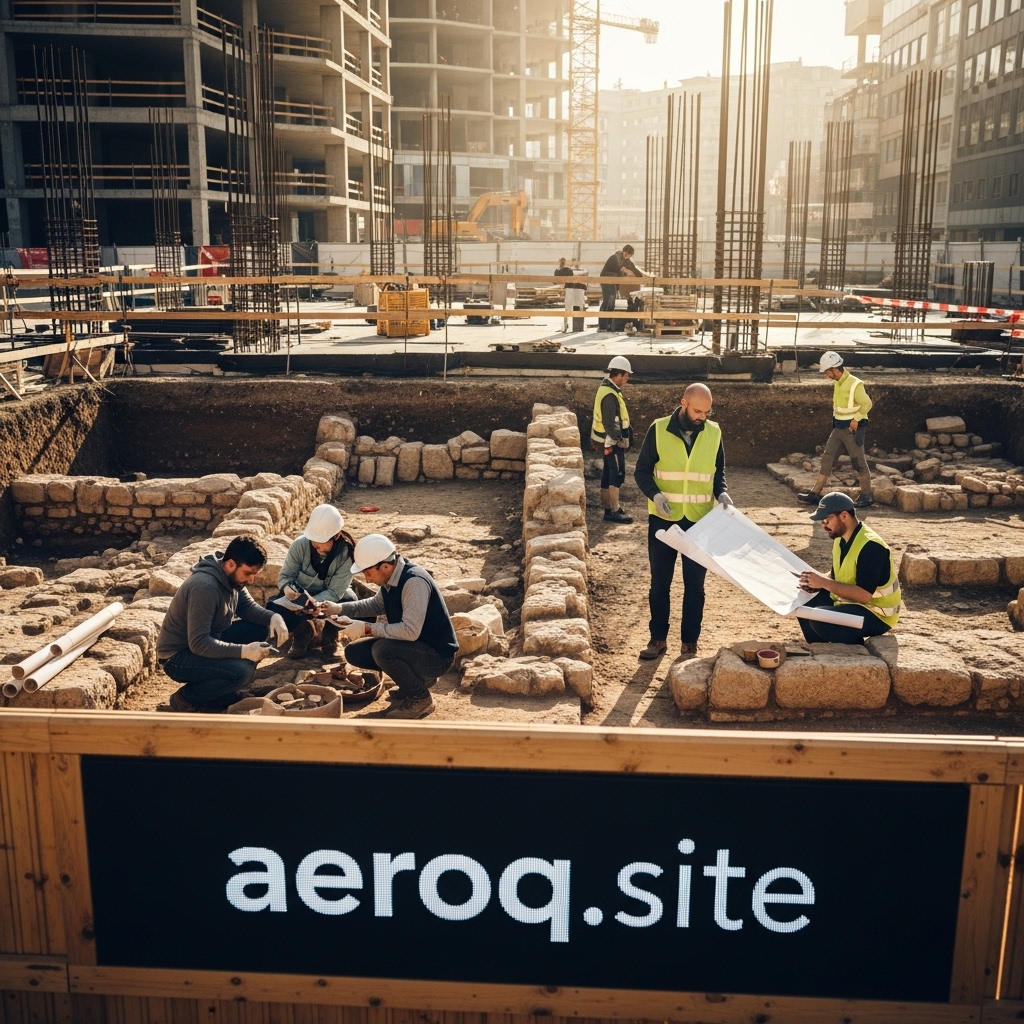Have you ever walked past an old building or ancient ruin and thought, “Wow, I wonder how they protect places like this?”
That’s exactly where Cultural Resource Management (CRM) comes in — a fascinating field that balances progress and preservation.
Let’s explore what it means, why it’s important, and how it connects the past with the future in ways most people don’t realize.
Table of Contents

What Is Cultural Resource Management?
Cultural Resource Management, often shortened to CRM, is all about protecting and managing cultural heritage — things like archaeological sites, historic buildings, artifacts, and even sacred landscapes.
It’s the professional field that ensures modern development (like roads, housing projects, or pipelines) doesn’t destroy important cultural or historical sites.
In simple words:
Cultural Resource Management makes sure we build for the future without erasing the past.
Why Cultural Resource Management Matters
Every time a new construction project starts, there’s a chance it might disturb something valuable — maybe an ancient burial ground, a historic fort, or an old village site.
CRM experts step in to study, protect, or relocate those cultural treasures before any damage is done.
Here’s why it’s so important:
- Preserves history and identity for future generations.
- Balances development and conservation.
- Respects Indigenous and local communities whose heritage is tied to the land.
- Provides education and awareness about our shared cultural past.
Who Works in Cultural Resource Management?
Cultural Resource Management involves a variety of professionals, including:
- Archaeologists who study ancient sites and artifacts.
- Historians who research and document cultural landmarks.
- Architectural conservators who restore and protect buildings.
- Anthropologists who work with communities to understand traditions and heritage.
These experts often collaborate with government agencies, museums, and private companies to ensure that cultural heritage isn’t lost in the name of progress.

Real-Life Example of Cultural Resource Management
Let’s say a company plans to build a new highway through a rural area.
Before construction begins, CRM specialists perform a survey to check if any archaeological or historical sites are in the path.
If they find artifacts — like ancient pottery or burial sites — the team will:
- Document and analyze the findings.
- Preserve or move items safely.
- Work with local tribes or communities for ethical decisions.
That way, history is protected, and the project can still move forward responsibly.
Cultural Resource Management Laws and Policies
In the U.S., Cultural Resource Management is guided by laws like:
- National Historic Preservation Act (NHPA) of 1966
- Archaeological Resources Protection Act (ARPA)
- National Environmental Policy Act (NEPA)
These laws require developers and governments to consider cultural heritage before making major land-use decisions.

Why You Should Care About CRM
Even if you’re not an archaeologist or historian, Cultural Resource Management affects you.
Every time you visit a museum, a heritage site, or a restored monument — that’s CRM in action.
It reminds us that our history isn’t just in textbooks; it’s all around us.
By protecting it, we protect our identity, our values, and our connection to the human story.
Final Thoughts
Cultural Resource Management is more than just a job — it’s a promise to respect the past while building the future.
It shows that progress doesn’t mean forgetting where we came from.
Instead, it’s about creating a world that honors both — the old and the new, side by side.
So next time you see an old structure or historical landmark, remember: someone’s working hard behind the scenes to keep that piece of history alive.
